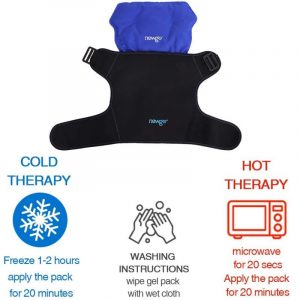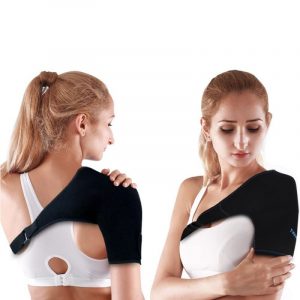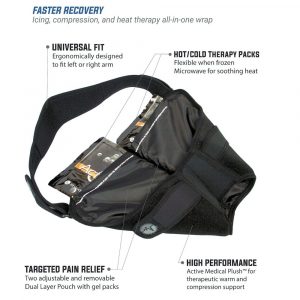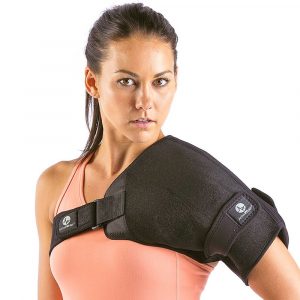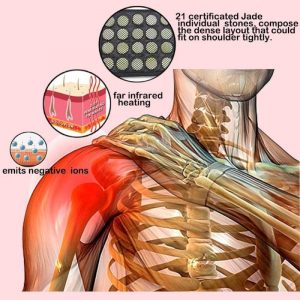Shoulder Heat Therapy For Muscle Relaxation, Pain Relief & Rehabilitation
If you have injured your shoulder, the first thing you want is to avoid shoulder heat therapy; initial swelling must be reduced to aid in healing, therefore, use ice packs to decrease inflammation for the first 24-48 hours. After the inflammation is under control, heat can be used.
Typically, injuries happen unexpectedly and a standard ice pack can be used. For those who have chronic shoulder pain issues, heat can be beneficial to help with further healing by increasing circulation, relaxing muscles and loosening stiff joints. Heat applied to the shoulder can be used to warm up prior to performing the shoulder pain exercises.
Methods To Apply Heat Therapy For Shoulders
The problem with using heat is that the shoulder joint is so mobile and has a wide range of motion. Due to the complex anatomical structure, most standard hot packs are difficult to use. A shoulder strain can include many structures, typically the rotator cuff. Fortunately, there are hot packs and wraps that are specifically designed to apply heat to the shoulder. They are generally designed similar to shoulder braces, but use the design for heat application.
They should not be used as braces as they are specifically designed for therapeutic applications and not support or stability and are not a substitute for specifically designed braces. Braces provide crucial support, while the wraps and hot packs are meant for heat therapy. Both may be needed as part of rehabilitation for shoulder problems.
Methods of applying shoulder heat therapy are varied. You can use a hot water bottle or take a hot shower for moist heat, however, our products use gel packs to provide either hot or cold therapy, or infrared heat. These are the forms that are designed to work with anatomically designed wraps for the shoulder in order to get the best possible therapeutic effect.


